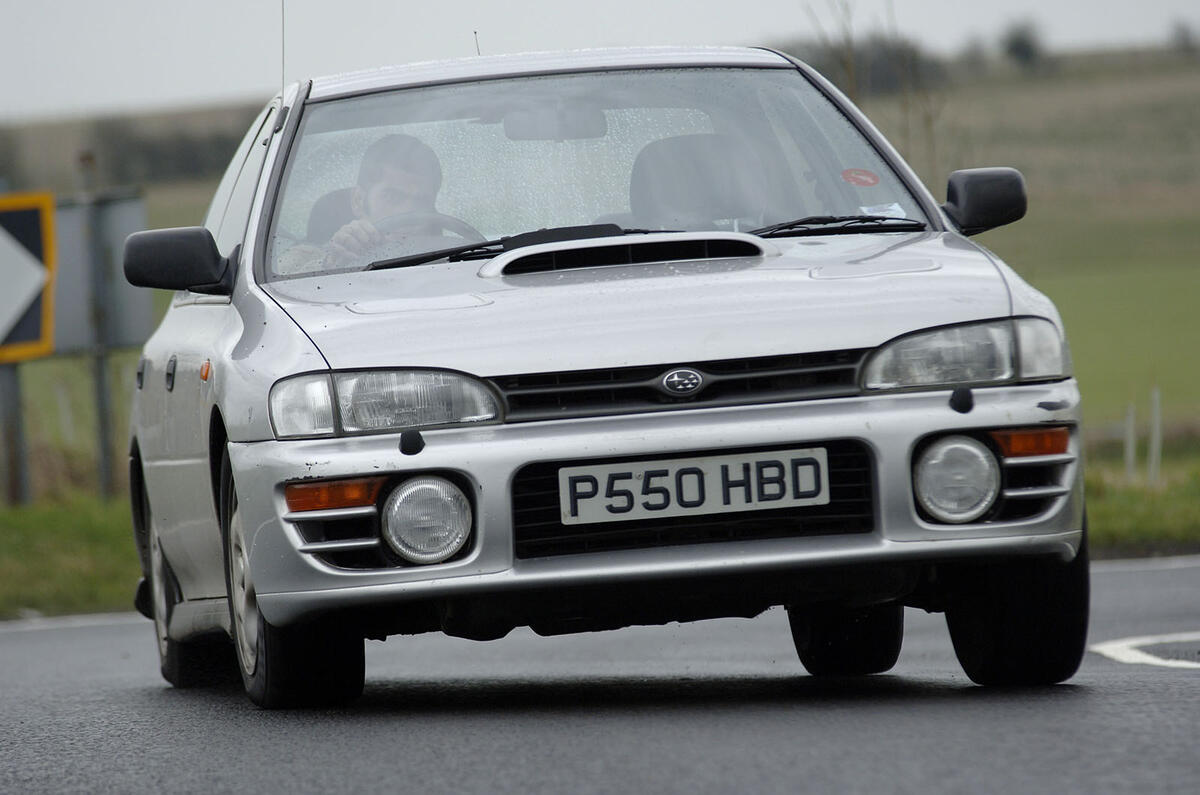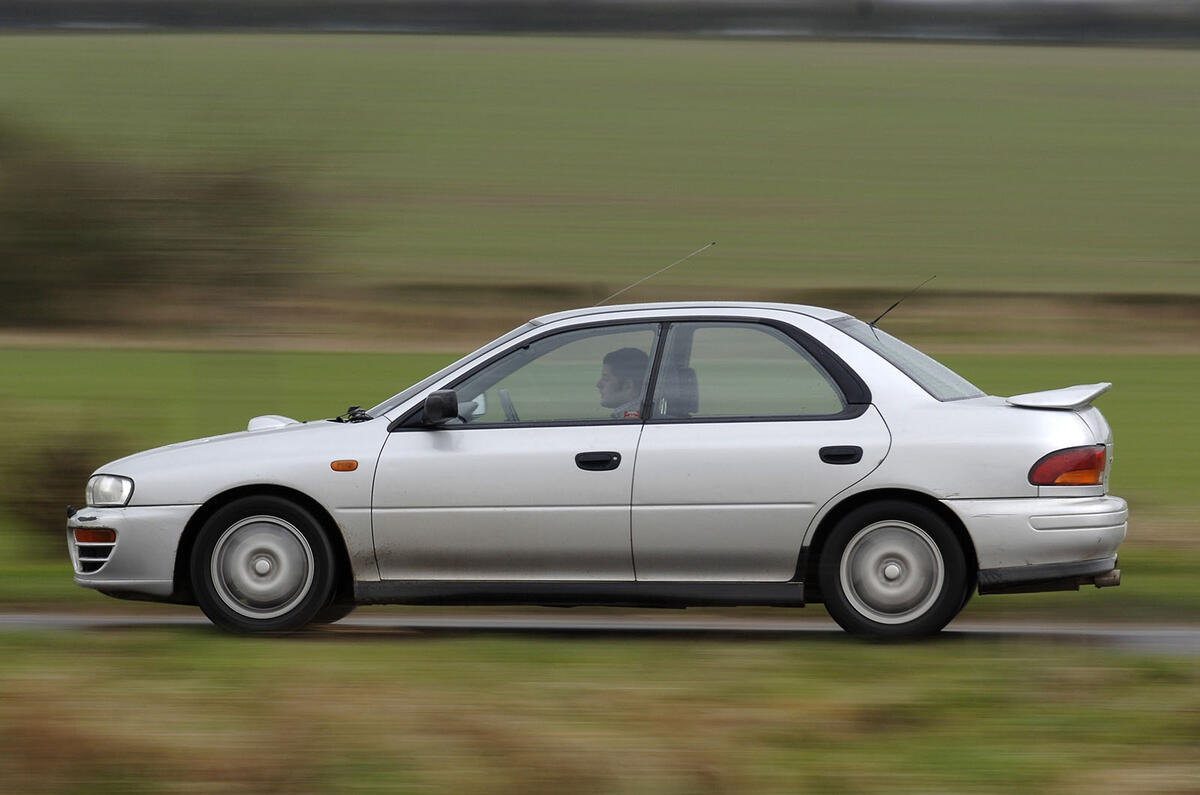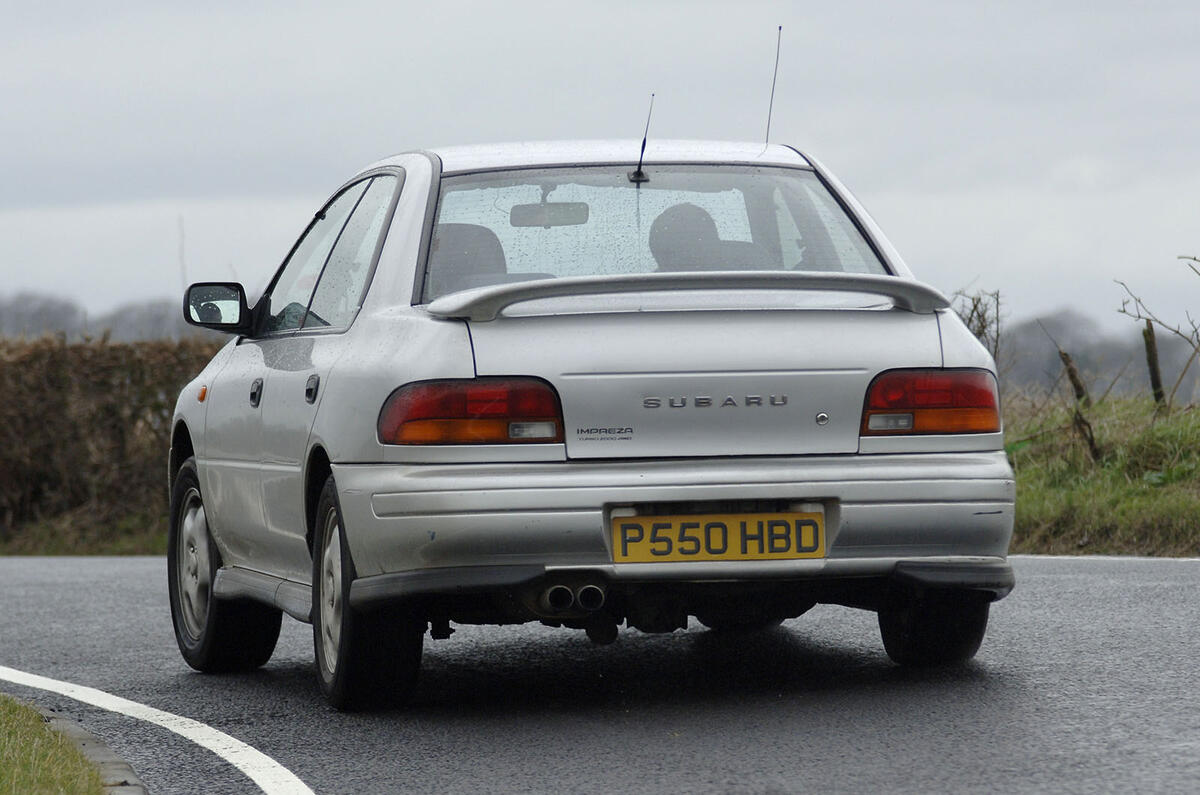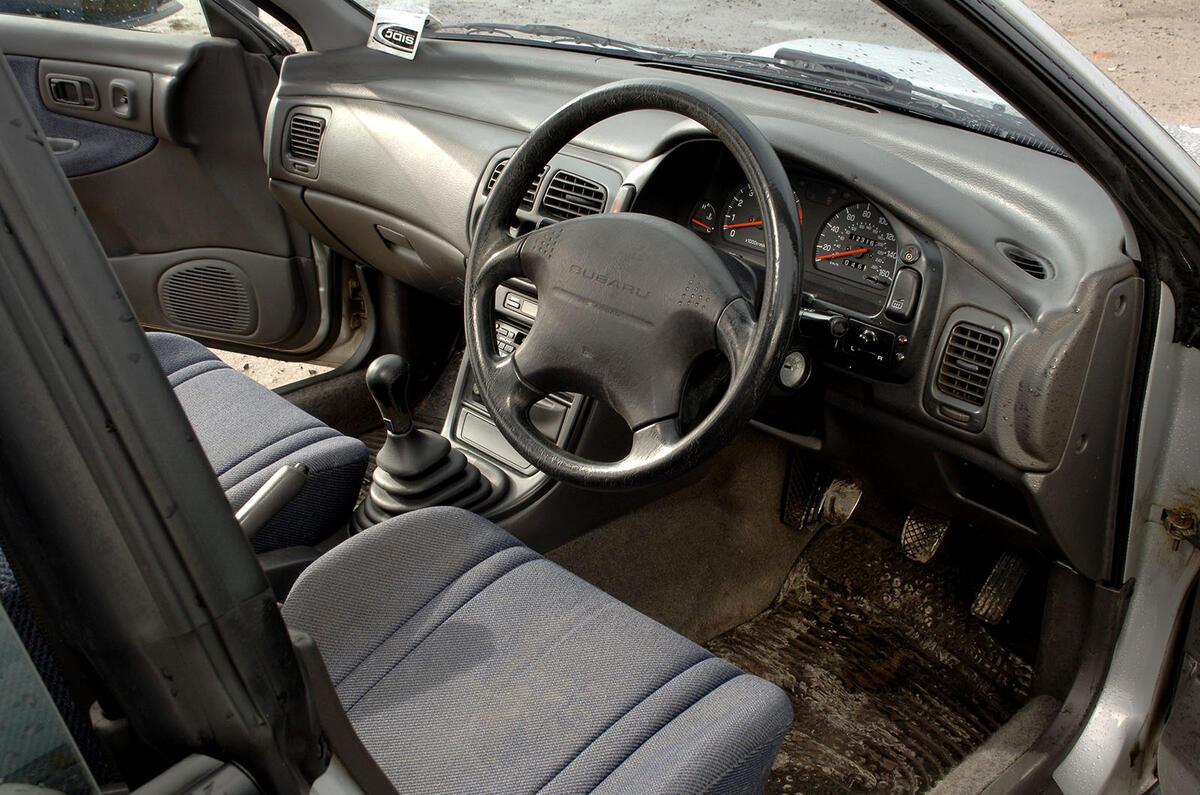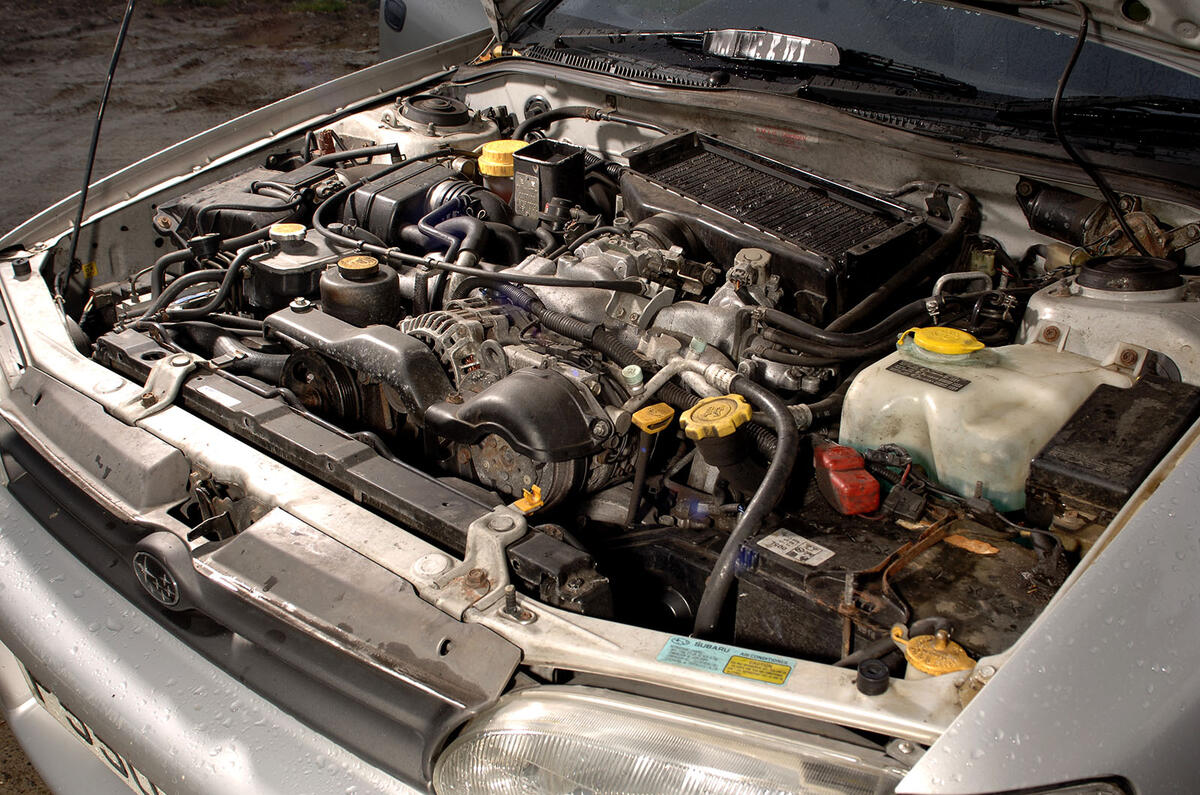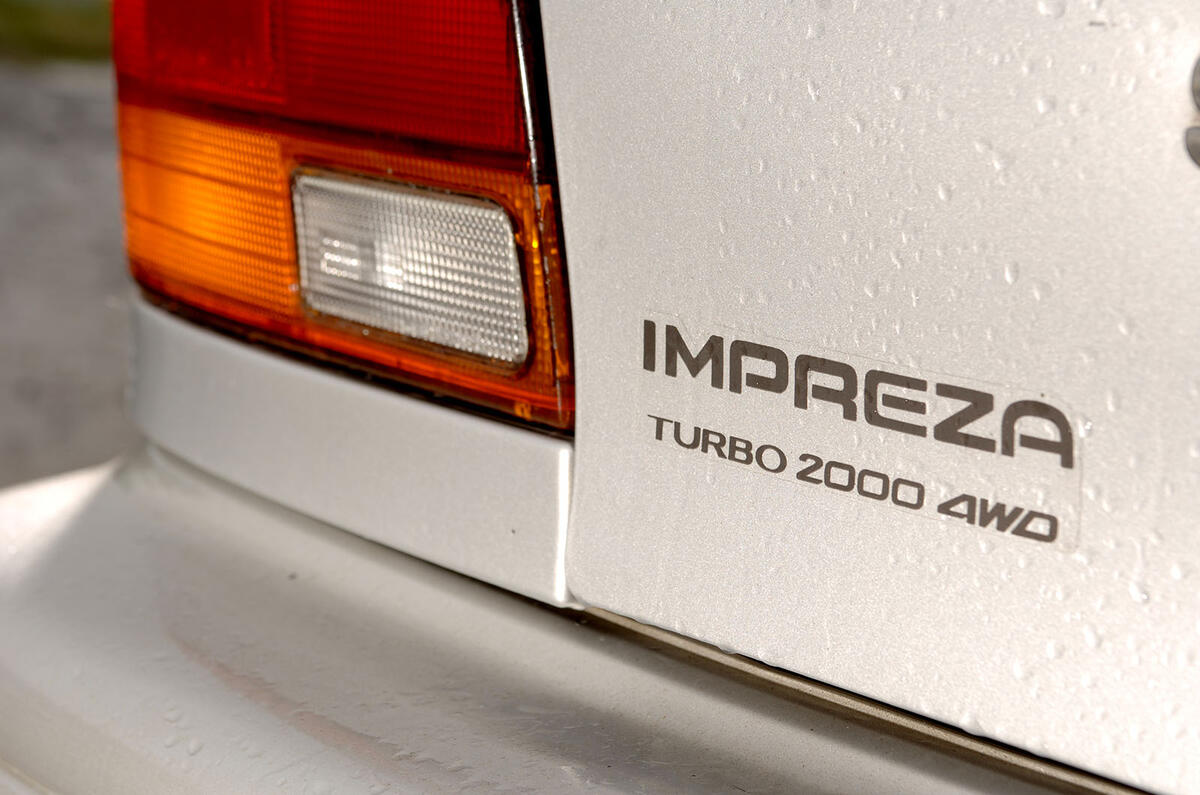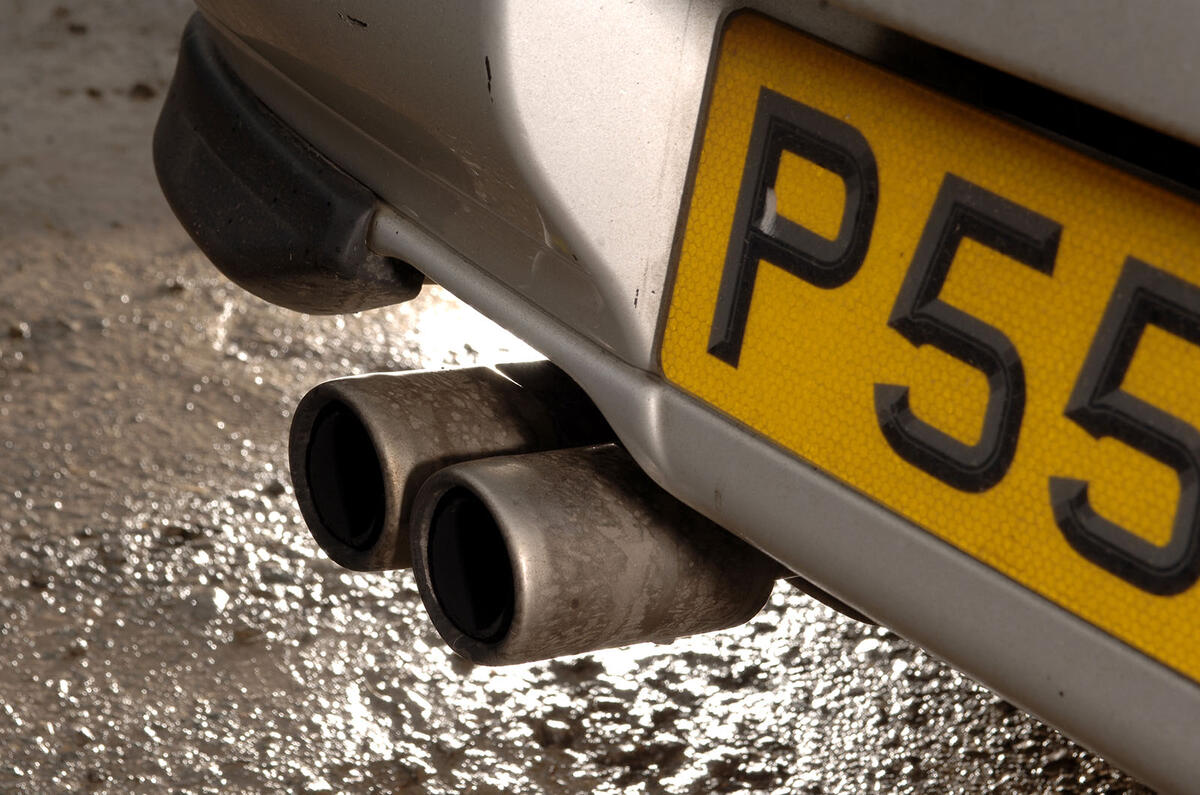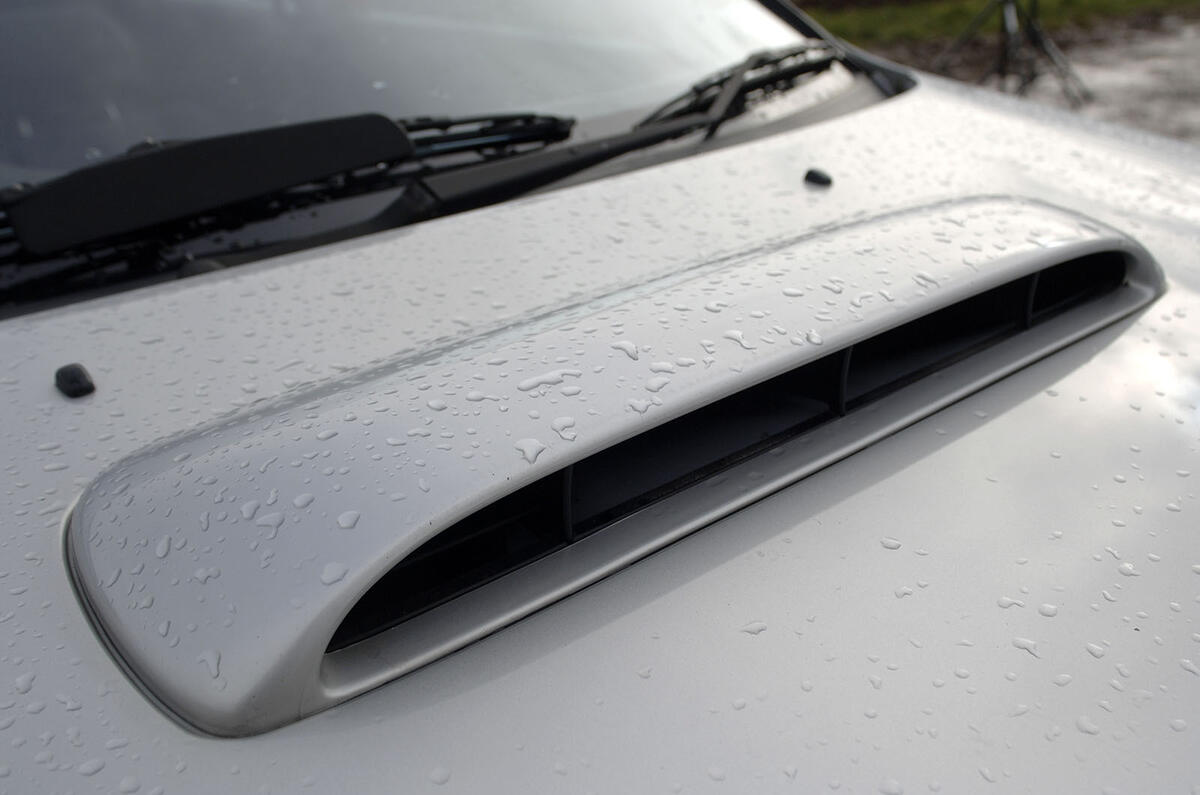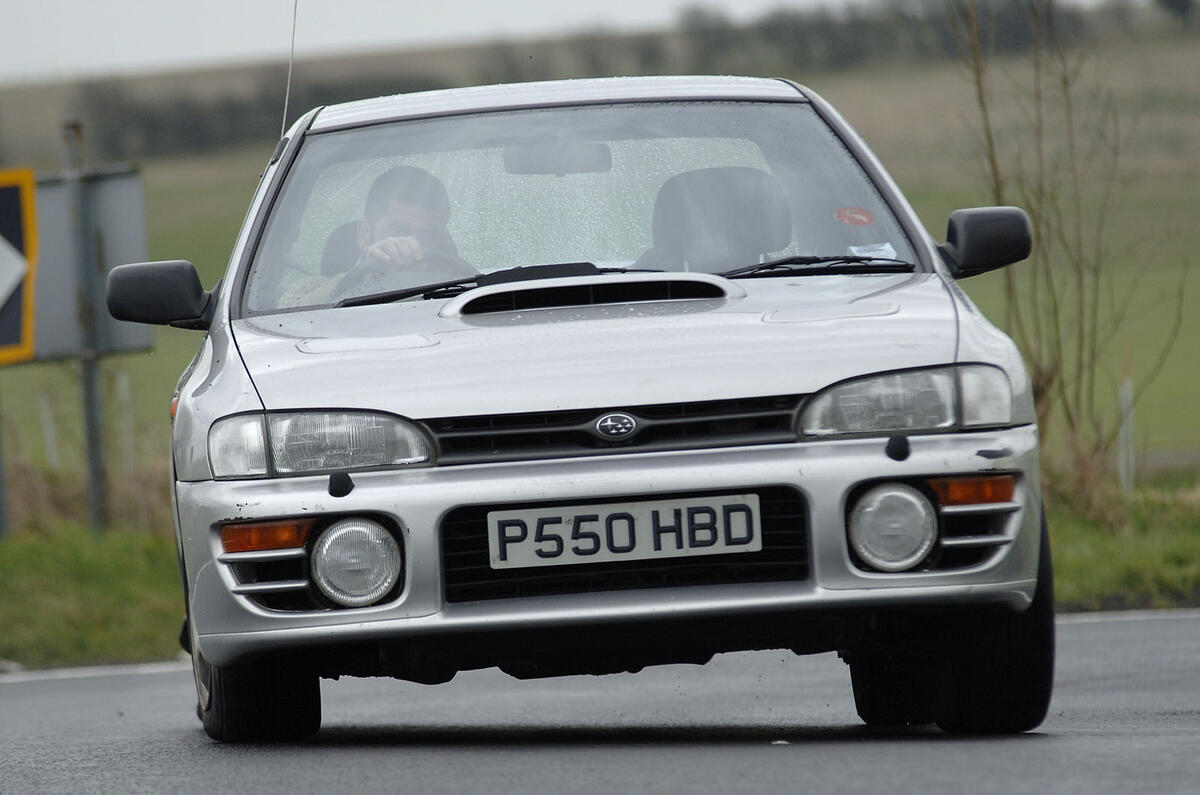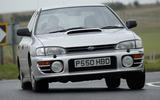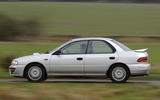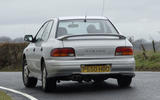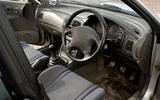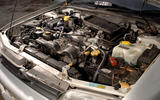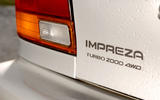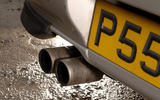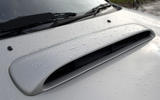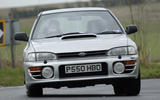There have been so many derivatives of this infamous Japanese saloon over the years, but when it first came to the UK in 1994, it was simply called the Subaru Impreza 2000 Turbo.
There had already been a more powerful version in Japan for two years called the Impreza WRX (the letters standing for World Rally Experimental) and sportier derivatives badged STi (Subaru Tecnica International)… But hold on, already we’re lapsing into Scooby geek-speak.
Here, we’re just interested in the Turbo and, up to 2000, when it was replaced, its official UK-market spin-offs.
Veterans of the Autocar office well remember the time an example joined the long-term fleet. We all craved a go and returned stunned – partly a reaction to its remarkable performance but also because, costing less than £18,000, it was such astonishing value for money.
For example, at the time, its Ford Escort Cosworth and Lancia Delta Integrale rivals cost £22,500 and £25,000 respectively.
Fast forward to today and a standard UK Impreza remains great value, with prices ranging from £7000 for cars needing TLC to £18,500 for a cherished example. By contrast, prices for the Ford and the Lancia start at around £50,000.
The Impreza was powered by a 2.0-litre four-cylinder boxer engine producing 208bhp – not a lot but, in a car weighing just 1213kg and with four-wheel drive, sufficient to crack 0-62mph in 5.8sec.
Today, we’re used to turbocharged engines producing their wallop low down in the rev range, but back then they took some prodding: the Impreza only gets into its stride from around 3500rpm.


